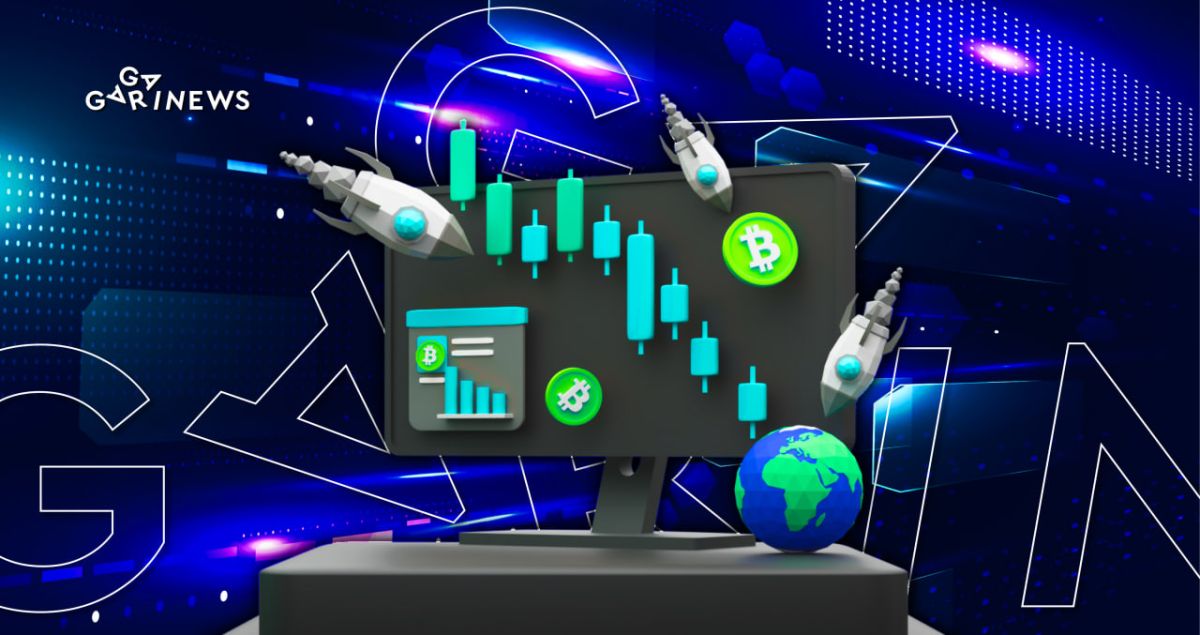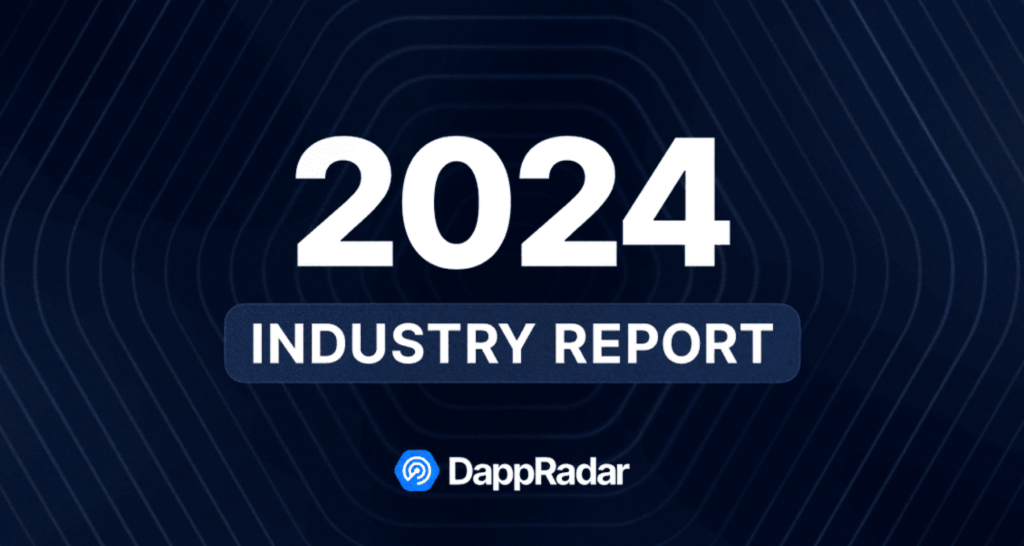Is crypto a solution for global inflation?

The global inflation rate reached multi-year highs in 2022. In the event of this, however, cryptocurrency remains one of the most reliable assets. At the same time, cryptocurrency investors from developing countries are somewhat saved from poverty.
On this page
In most countries around the world, inflation rates reached multi-year highs in 2022. The global economy has slowed as a result of the COVID-19 pandemic and the war in Ukraine. Thus, energy and food prices are skyrocketing. The UN predicts that the outcome of the previous year will be an increase in global inflation to 8.8%. Andrii Pyshnyi, the Head of Ukraine's National Bank, forecasts that consumer prices will rise by 30% in 2022. In addition, real wages fell globally for the first time in 12 years, since the financial crisis of 2008.
One theory holds that Satoshi Nakamoto created bitcoin because he wanted to shield the future crypto community from the effects of the world economic crisis of 2007–2008. The devaluation of currencies, the failure of the biggest investment banks, the cessation of industrial production, the increase in the number of unemployed people, the decline in consumer demand… All of these factors contributed to the establishment of a financial system independent of bankrupt governments. Bitcoin became its foundation due to its primary feature – its deflationary nature.
What makes bitcoin a good hedge against inflation?
Bitcoin's maximum supply is set cryptographically at 21 million BTC. Contrary to other currencies, the Fed and Central Banks are unable to mine additional bitcoins. These days, the government prints fiat at a rate that occasionally defies logic. At the same time, bitcoin's inflation rate remains completely under control. It is estimated to be 1.8% annually, and every four years it will be cut in half. Thus, the main factor of fiat inflation—a constant increase in the money supply — is excluded in the case of crypto.
Bitcoin inflation since 2009. Source: bitcoinblockhalf.com
Additionally, Bitcoin has managed to survive two significant drops in its history, by 86% and 84%, respectively, in 2014 and 2018. Each of them was replaced by a period of rapid growth. Therefore, it is likely that the 75% decline recorded in 2022 will result in a strengthening of the crypto position. Overall, the long-term BTC price trend remains upward. This is yet another reason to consider bitcoin as a hedging tool.
BTC joins the global financial system: consequences
For many years, stock analysts have not found any correlation between bitcoin and the S&P 500 or NASDAQ. Last year, however, things changed dramatically:
- It is now obvious that BTC price changes and the declining stock market are correlated. According to Goldman Sachs, bitcoin is mainly traded as stocks of fast-growing high-risk technology companies.
- These technology stocks are regarded as very attractive investments with returns that are above the market during a bull market. The bear market, however, is forcing investors to seek safe haven in less risky assets like blue chip stocks.
Satoshi hardly ever imagined that cryptocurrencies would “merge” with the world's financial system. These developments might be a sign that the crypto market is moving on to the next phase of growth. However, we cannot deny that the prolonged bearish trend has significantly weakened the confidence of some investors in the crypto's deflationary potential.
How crypto protects investors of developing countries from inflation
According to a recent report by Kaiko Research, Western investors currently view cryptocurrencies as one of the paths to financial independence as well as a means of protecting and growing wealth. They do not seek salvation in the literal sense of the word.
The role of crypto in emerging economies is quite different. Inflation simply destroys savings in local currencies. This factor drives up demand for USD-pegged stablecoins. For example, the Brazilian real has devalued by more than 200% against the dollar over the last decade. At the same time, the government tightly controls foreign currency capital: citizens have the right to only keep local currency in bank accounts. Brazilians' savings ended up being multiplied by zero. As a result, stablecoins now make up half of the trading volume in BRL pairs.
According to Kaiko, a similar situation exists in Turkey and Mexico. Stablecoins significantly improve people's living standards in these countries. Venezuela's experience is also instructive, as the national currency depreciated to the value of the paper on which it is printed against a backdrop of total unemployment. As a result, at least 20% of Venezuelans entered the cryptocurrency mining market. In comparison to how quickly the Venezuelan bolivar is depreciating, cryptocurrency instability is a mere trifle.
As a result, a huge number of investors continue to view cryptocurrencies as one of the most reliable assets in the event of an inflationary shock. Some of them want to diversify their investment portfolio by including bitcoins alongside traditional assets. Some investors believe that bitcoin is better suited for long-term investments rather than trading. Others, on the other hand, expect new records and predict that a bullish trend will soon begin.
The content on The Coinomist is for informational purposes only and should not be interpreted as financial advice. While we strive to provide accurate and up-to-date information, we do not guarantee the accuracy, completeness, or reliability of any content. Neither we accept liability for any errors or omissions in the information provided or for any financial losses incurred as a result of relying on this information. Actions based on this content are at your own risk. Always do your own research and consult a professional. See our Terms, Privacy Policy, and Disclaimers for more details.



























